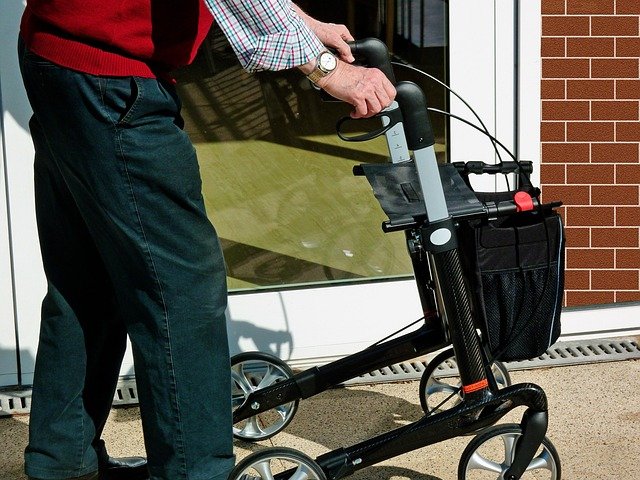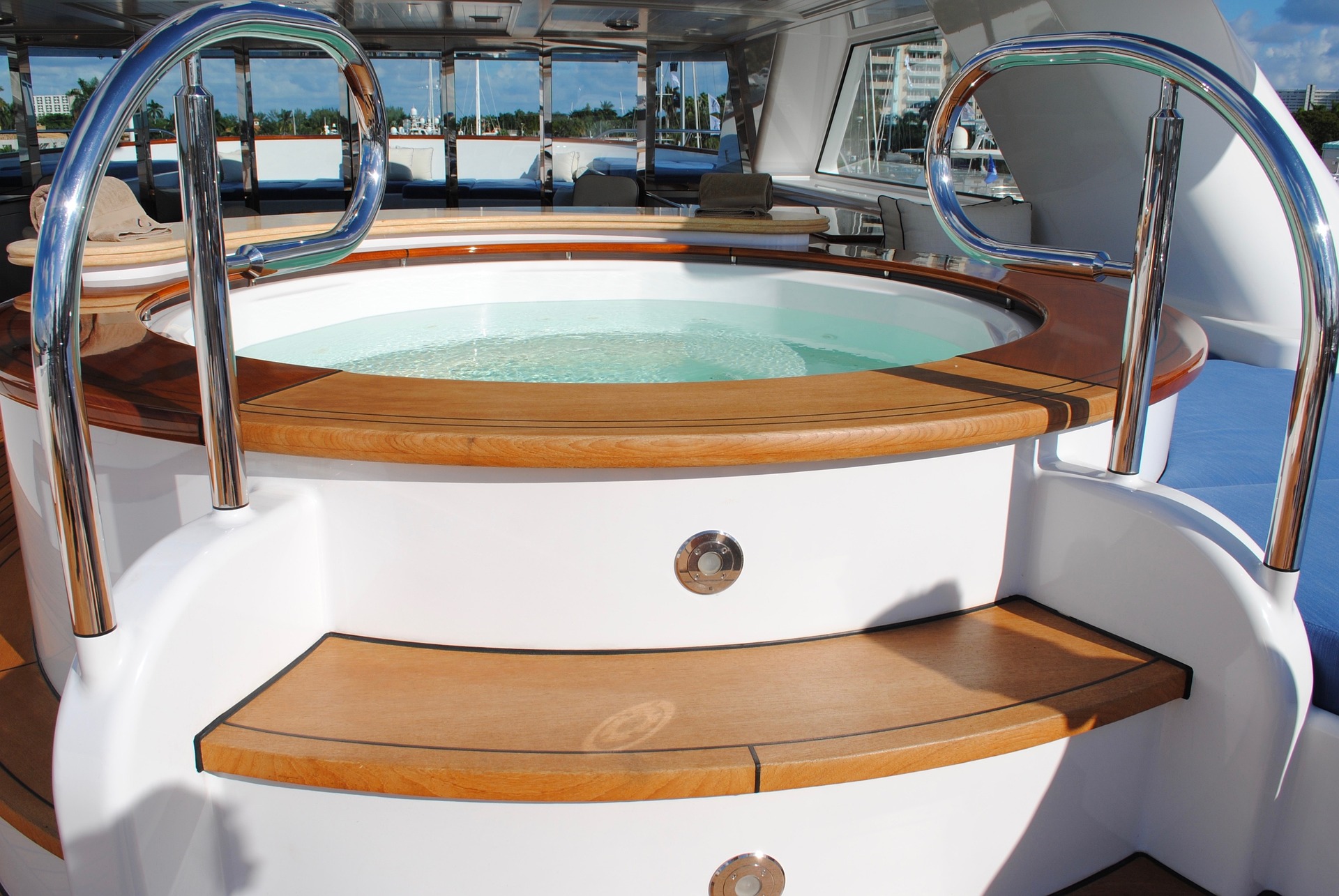Walkers For Seniors: A Complete Mobility Support Guide
Mobility challenges become increasingly common as we age, affecting independence and quality of life for millions of seniors worldwide. Walkers serve as essential mobility aids that provide crucial support, stability, and confidence for older adults navigating daily activities. These assistive devices have evolved significantly over the years, offering various features and designs tailored to meet diverse mobility needs and preferences.

Key Functions of Walkers for Seniors Explained
Walkers primarily function as external support systems that redistribute body weight and provide additional points of contact with the ground. The fundamental purpose involves creating a stable framework that seniors can rely on while walking, standing, or transitioning between seated and standing positions. Modern walkers incorporate ergonomic handles that reduce strain on wrists and hands, while adjustable height settings accommodate users of different statures.
The weight-bearing capacity of walkers allows users to transfer some of their body weight to the device, reducing pressure on weakened legs or joints. This redistribution effect proves particularly beneficial for individuals recovering from surgery, managing arthritis, or dealing with general weakness. Additionally, many walkers feature braking systems that provide immediate stopping power and prevent uncontrolled movement on inclined surfaces.
Different Types of Walkers Designed for Seniors
Standard walkers represent the most basic design, featuring a lightweight aluminum frame without wheels. Users must lift the entire walker with each step, making this option suitable for individuals with adequate upper body strength who require maximum stability. These walkers typically include rubber tips on all four legs to prevent slipping.
Rolling walkers, also known as rollators, incorporate wheels on the front legs or all four legs, allowing for smoother movement without lifting. Three-wheeled rollators offer enhanced maneuverability in tight spaces, while four-wheeled versions provide superior stability. Many rolling walkers include hand brakes, seats for resting, and storage compartments for personal items.
Specialty walkers address specific mobility challenges through innovative designs. Knee walkers support individuals with foot or ankle injuries, while hemi-walkers accommodate one-handed use for stroke survivors. Platform walkers feature forearm supports for users who cannot bear weight on their hands or wrists.
How Walkers Assist Seniors with Balance and Stability
Balance improvement occurs through the expanded base of support that walkers provide, effectively increasing the area within which a person can maintain stability. This wider foundation reduces the risk of falls by providing multiple contact points with the ground. The consistent availability of handholds gives users immediate access to stable support when balance becomes compromised.
Proprioceptive feedback, the body’s awareness of position and movement, often diminishes with age. Walkers compensate for this loss by providing tactile and visual reference points that help users maintain spatial orientation. The rhythmic pattern of walker placement during ambulation can also help establish consistent gait patterns, improving overall walking stability.
Many walkers include additional stability features such as wider wheel bases, lower centers of gravity, and enhanced braking systems. These design elements work together to create a more secure walking experience, particularly important for seniors with neurological conditions affecting balance.
Benefits of Using Walkers for Long-term Mobility Support
Independence preservation stands as one of the most significant long-term benefits of walker use. By maintaining the ability to move safely without constant assistance from others, seniors can continue performing daily activities, maintain social connections, and preserve their sense of autonomy. This independence often translates to improved mental health and reduced feelings of burden on family members.
Physical health benefits extend beyond simple mobility support. Regular use of walkers encourages continued physical activity, which helps maintain muscle strength, bone density, and cardiovascular health. The upright posture promoted by proper walker use can also prevent the development of compensatory movement patterns that might lead to additional musculoskeletal problems.
Psychological benefits include increased confidence in mobility, reduced fear of falling, and maintained participation in social activities. Many seniors report feeling more willing to venture outside their homes and engage in community activities when they have reliable mobility support.
| Walker Type | Provider | Key Features | Price Range |
|---|---|---|---|
| Standard Walker | Drive Medical | Lightweight aluminum, adjustable height | $30-50 |
| 4-Wheel Rollator | Hugo Mobility | Hand brakes, seat, storage basket | $100-200 |
| 3-Wheel Rollator | Medline | Compact design, loop brakes | $80-150 |
| Knee Walker | KneeRover | Steerable, adjustable knee pad | $150-300 |
Prices, rates, or cost estimates mentioned in this article are based on the latest available information but may change over time. Independent research is advised before making financial decisions.
Selecting the appropriate walker requires careful consideration of individual mobility needs, physical capabilities, and lifestyle requirements. Healthcare professionals can provide valuable guidance in determining the most suitable type and features for each person’s specific situation. Regular maintenance and proper adjustment of walkers ensure optimal performance and safety throughout their use.
This article is for informational purposes only and should not be considered medical advice. Please consult a qualified healthcare professional for personalized guidance and treatment.




